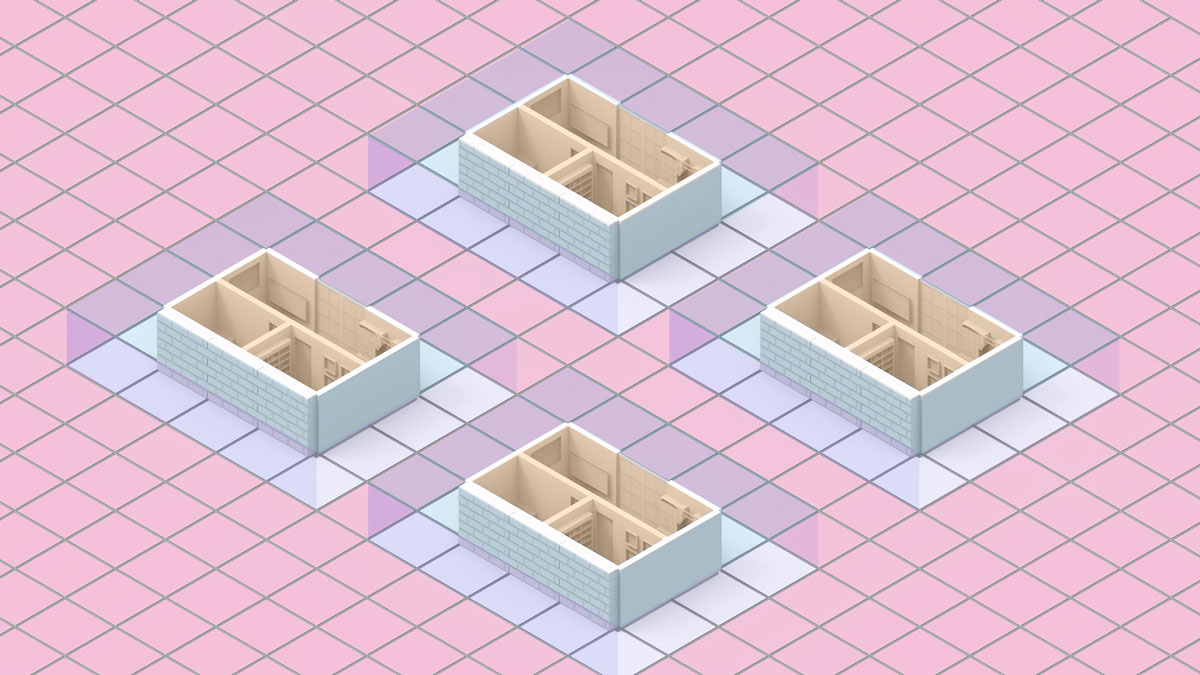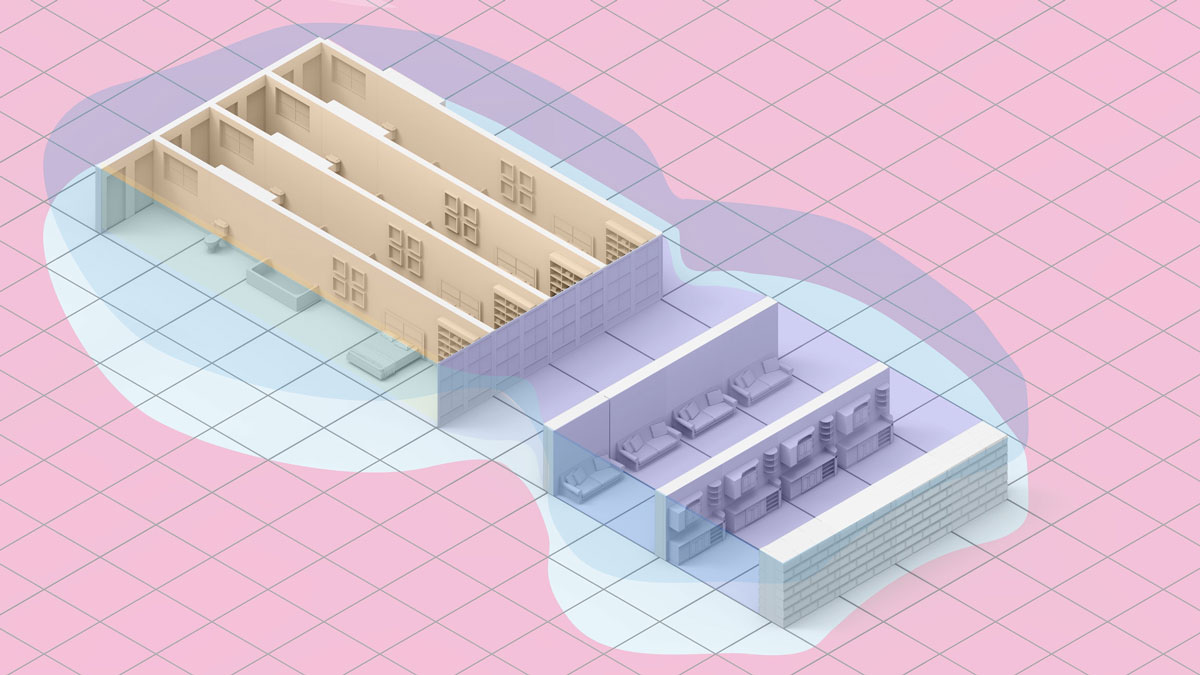Property Uber-ization
Architectural Association School - Inter 1 - Year 3
Pt 3 - Societal-scale implications
Issues of ownership become problematic to define when the proposed dynamic moving wall system is applied to the scale of the community. When architecture is in constant flux, ownership can no longer be defined by the terms we are familiar with.
Neighbourhood-scale speculations
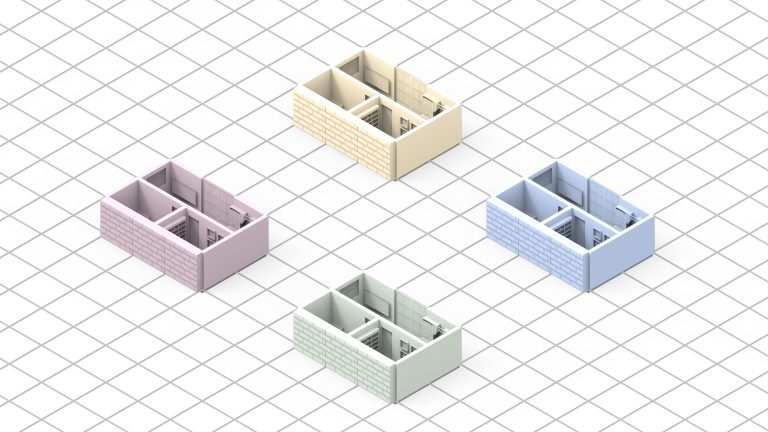
Scenario 1: individual dwellings. Private and public spaces are clearly demarcated.
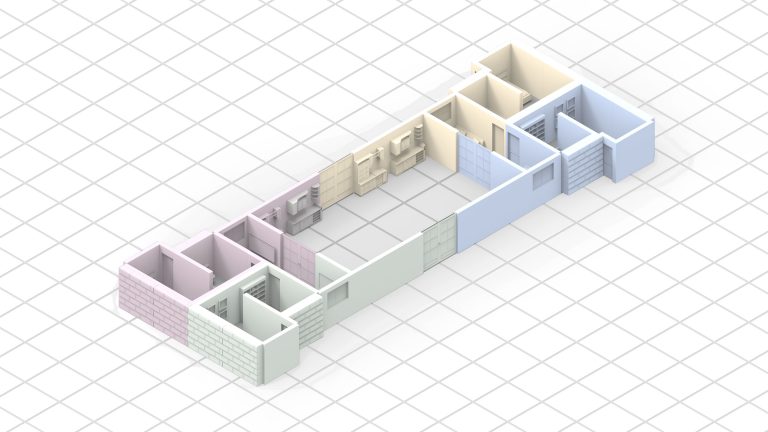
Scenario 2: Partially private with semi-private shared quarters. The middle is accessible to the larger public, functioning perhaps as circulation path.
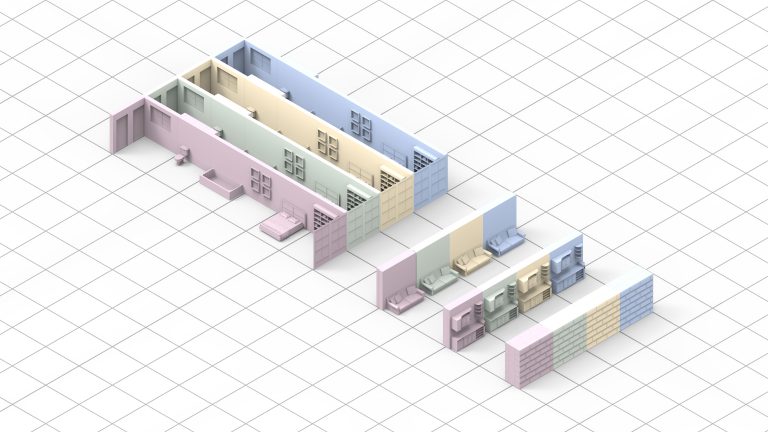
Scenario 3: Centralized common facilities with private quarters in the periphery. The complex is walled off, marking it as private property
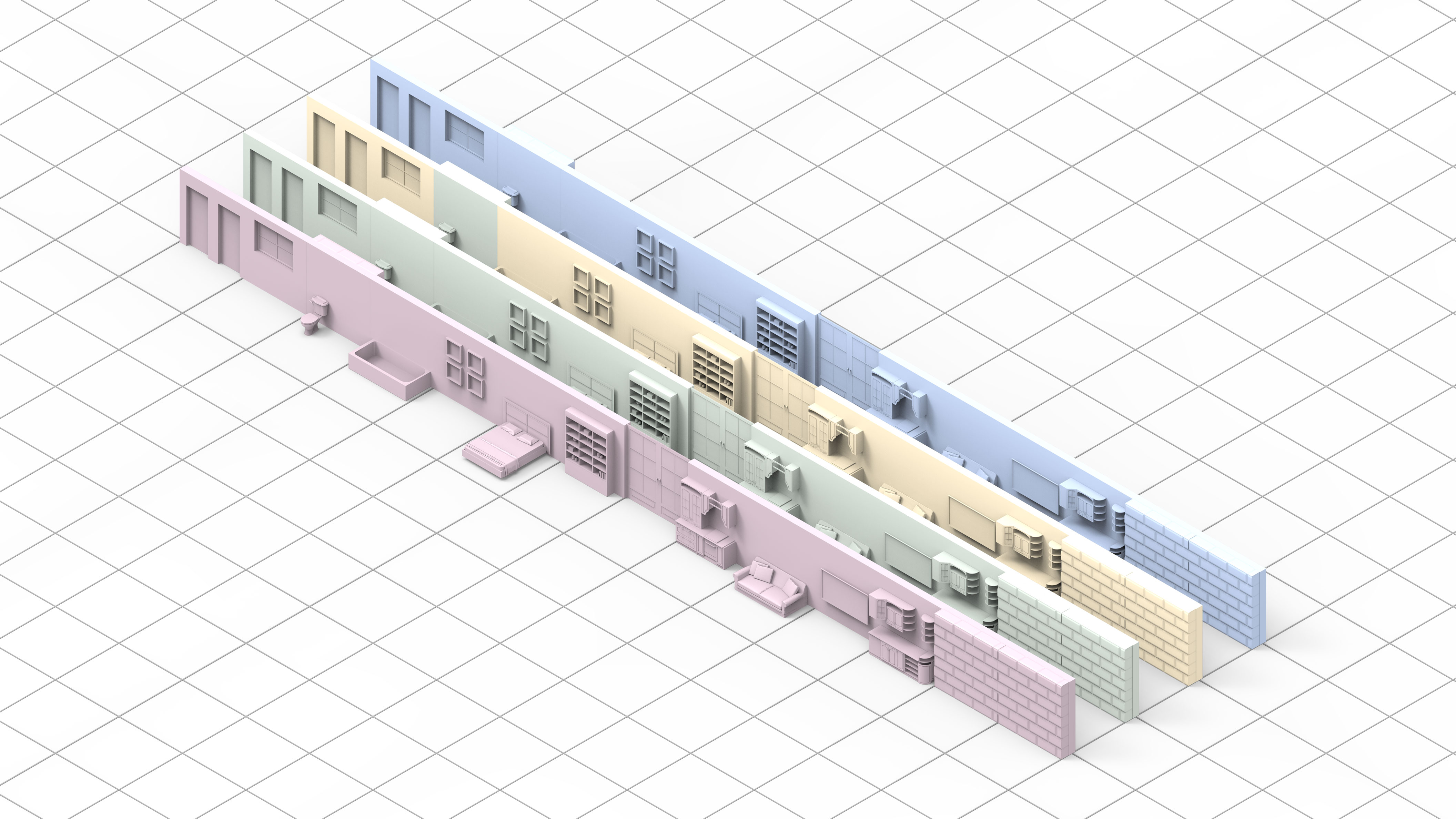
Scenario 4: Perhaps the most compact way to arrange these dwellings. The privacy of one space depends on the behaviour of adjacent walls.
Cities in flux
Spaces no longer exist as stable, immutable presences. They exist as fluid entities, expanding and contracting depending on demand and usage. Users are in control of the space they dwell in: walls are summoned when there is a need for privacy, and conversely, sent away when they are not needed. Ownership is time-based.

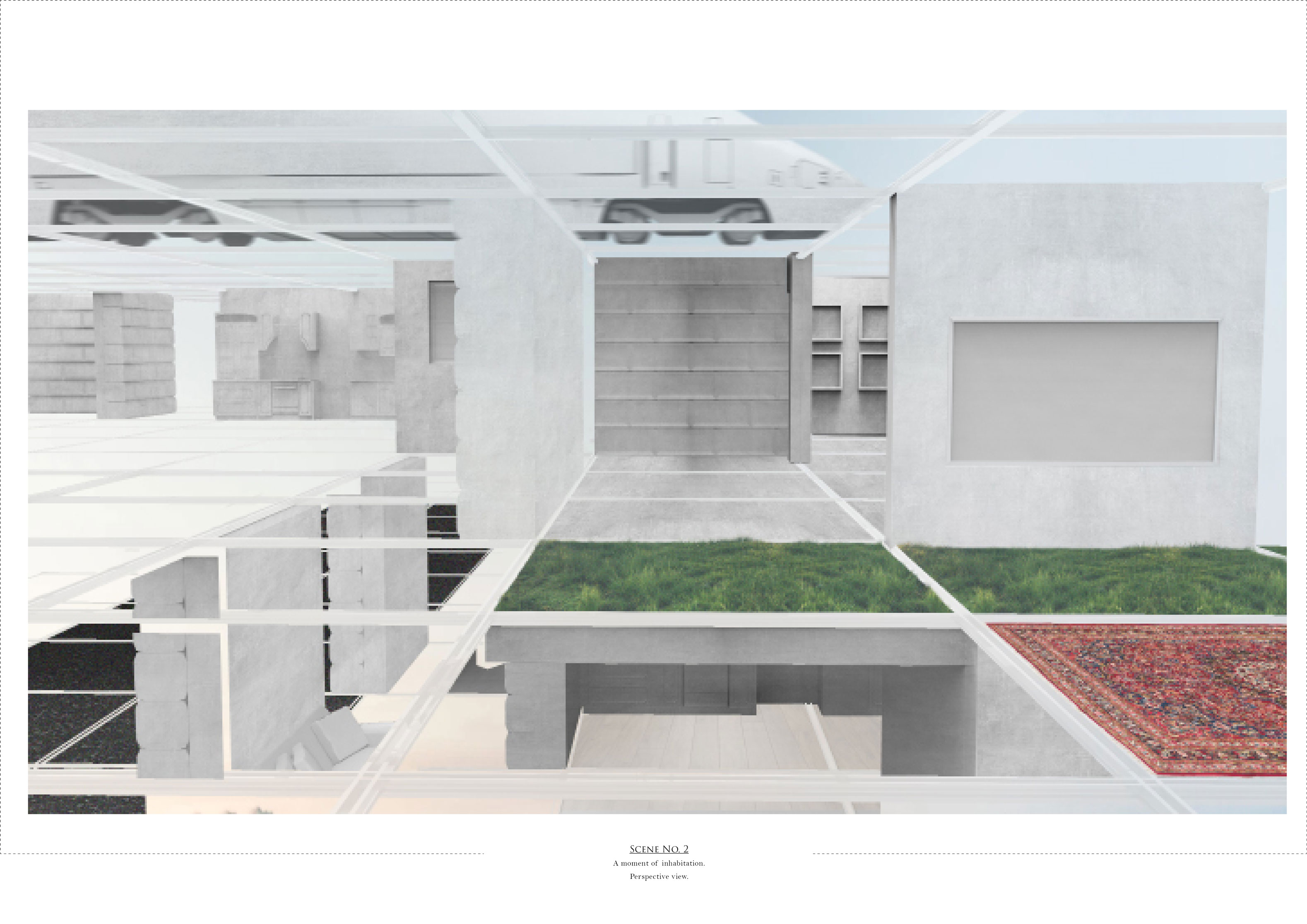
Spaces vary in their experiential qualities, and contain different conditions, environments, activities and codes of engagement. Environments are juxtaposed against each other. Transition between contrasting environments become seamless. At times, the change is subtle, while at others, the contrast is extreme. Unexpected experiences arise. The reconfiguration takes place seamlessly, smoothly and quietly to provide novel and unexpected experiences.
Spatial Issues A number of spatial issues arise with the implementation of this dynamic wall system. Most prominent is the defintion of properly. With spaces in flux, in constant change, the system of owernership and property delineation would be challenged. Would ownership become time based? Perhaps we will no longer own any pieces of land, but rather own pieces of the wall. Would would be the border of my home? What would the boundary of the city be? Will will be ‘here’ and ‘there’ if the ‘there’ can be summoned to come ‘here’? How do we define what is private or public any longer? The following drawings aim to visualize possible scenarios that would blur the boundary between types of spaces. The scenario consists of 4 homes (in fact the same as in the model in the opening chapter), and shows how the movement of walls drastically changes the type of space that results. A short animation is made to demonstrate these investigations further.
